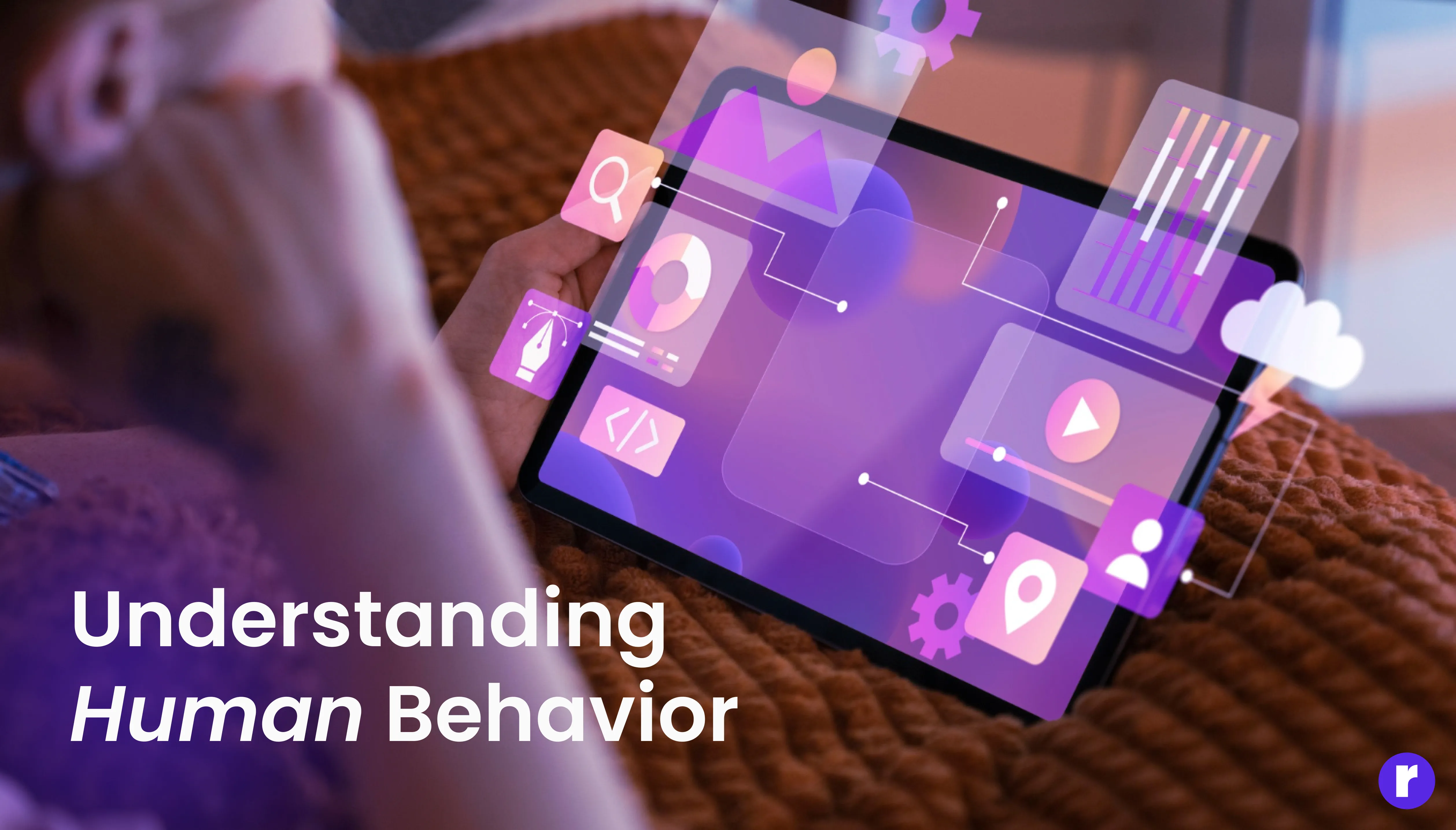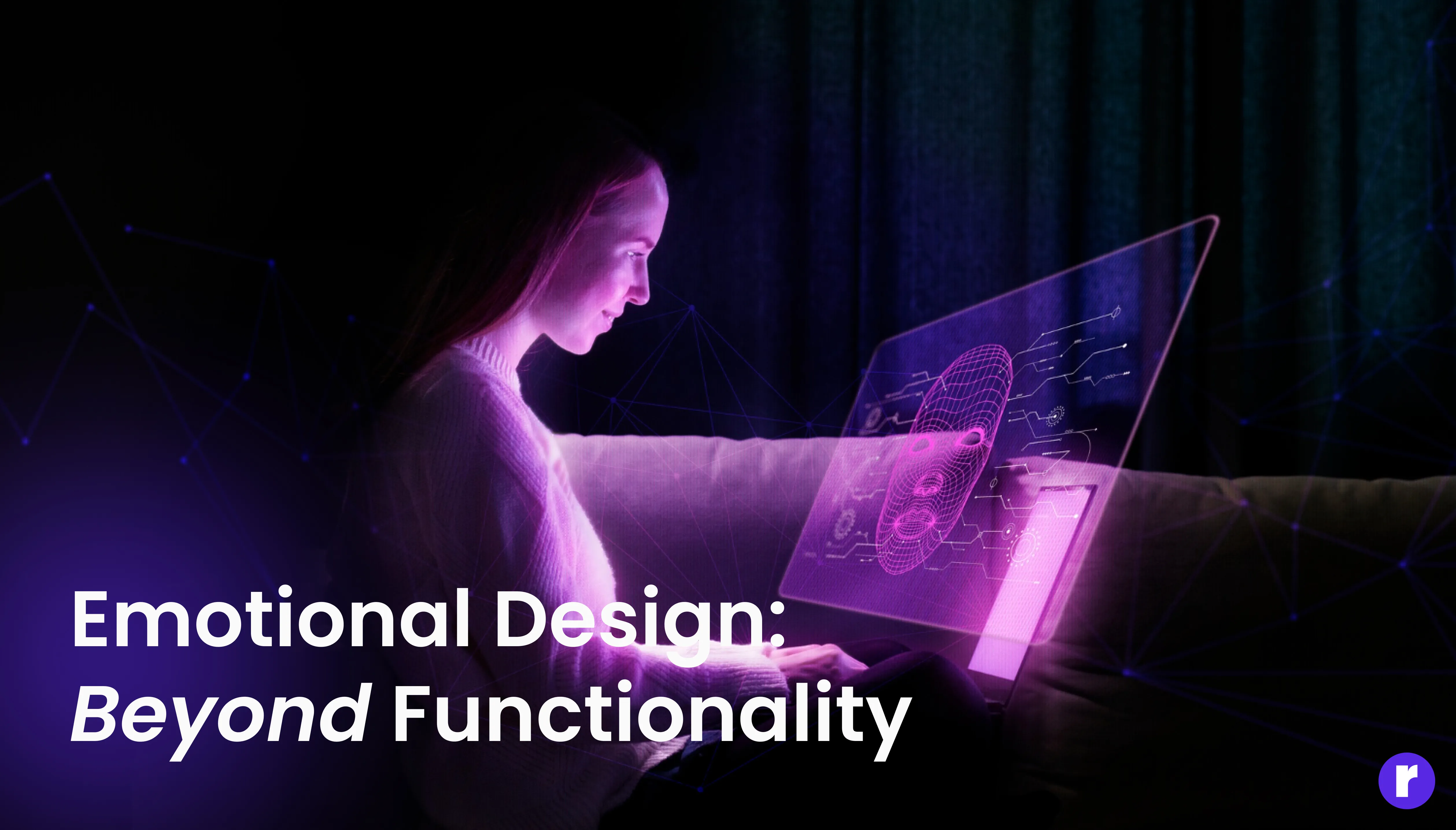The Psychology Behind Great UI/UX Design

Written by
Vishal Baloda
UI/UX Designer
Sumit Verma
UI/UX Designer
Table of contents
Build with Radial Code
The Psychology Behind Great UI/UX Design today’s digital world, first impressions are made in milliseconds, where users quickly judge websites and apps based on design and functionality. Whether it's a website, a mobile app, or even a smart appliance, user interface (UI) and user experience (UX) design play pivotal roles in determining whether users stay engaged—or abandon ship. But behind every smooth interaction lies a fascinating blend of science, psychology, and creative problem-solving.
Understanding Human Behavior

At the heart of UI/UX design is a deep understanding of user behavior, enabling designers to create intuitive experiences that resonate with how people think and interact. Designers apply principles from cognitive psychology to anticipate how users engage with digital products, ensuring intuitive, seamless experiences. Key principles include:
- Hick’s Law: The time it takes to make a decision increases with the number and complexity of choices. This is why simple, uncluttered menus work best.
- Fitts's Law: The time required to reach a target is influenced by its size and distance. Designers apply this principle to enhance the usability of interactive elements, such as optimizing button size and placement for quicker, more accurate user interactions.
Data-Driven Design

Great UI/UX doesn’t happen by guesswork—it’s a data-driven craft. Successful designs aren’t just about looking good; they are backed by research, testing, and real user feedback. Designers use proven techniques to make sure the interface is not only attractive but also easy and intuitive to use.
The Backbone of Smarter UI/UX
Accessibility: Psychology of Inclusion

Accessibility isn’t just ethical—it’s scientific. UI/UX design must consider users with different abilities by applying:
The Backbone of Smarter UI/UX
- Contrast Ratios: Ensuring text is readable against backgrounds.
- Screen Reader Compatibility: Designing for auditory rather than visual feedback.
- Motor Accessibility: Touch targets and controls that work for users with mobility challenges.
Explore the Psychology of Accessibility in UI/UX Design
Emotional Design: Beyond Functionality

While usability makes a product easy to use, emotional Design is what turns it into something people love and return to. Great design not only solves problems but also builds trust, joy, and loyalty, creating lasting bonds between users and products, transforming good experiences into meaningful, memorable ones.
Final Thoughts
The Psychology Behind Great UI/UX Design is a dynamic fusion of psychology, data, technology, and creativity. By understanding human behavior, leveraging research, and applying evidence-backed principles, designers can craft digital experiences that are usable, accessible, and emotionally resonant. In a world where digital touchpoints define brands and products, mastering The Psychology Behind Great UI/UX Design is no longer optional—it’s essential.
